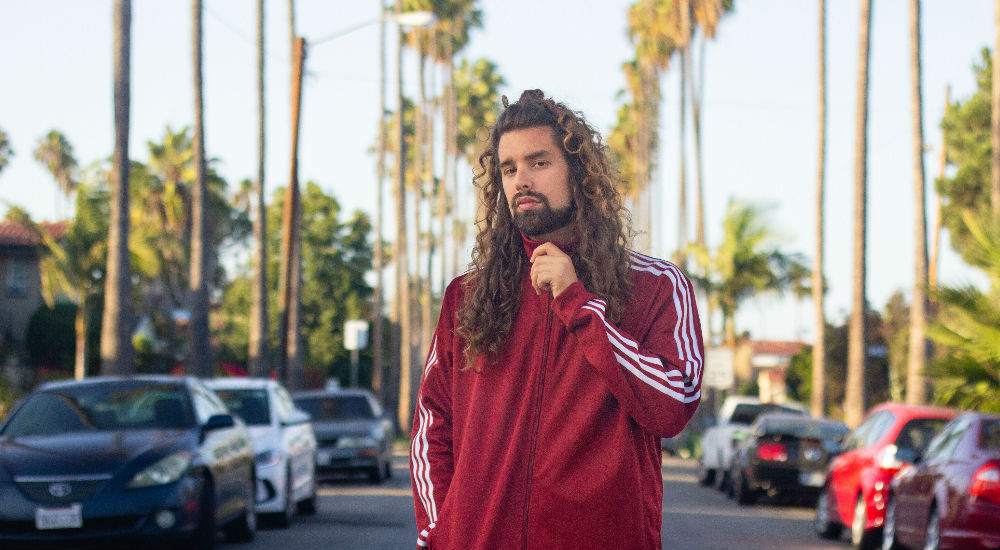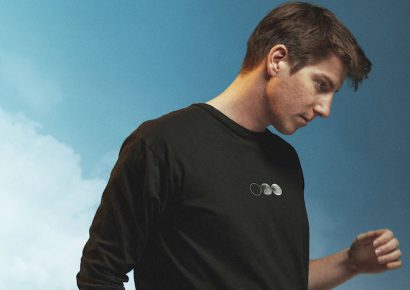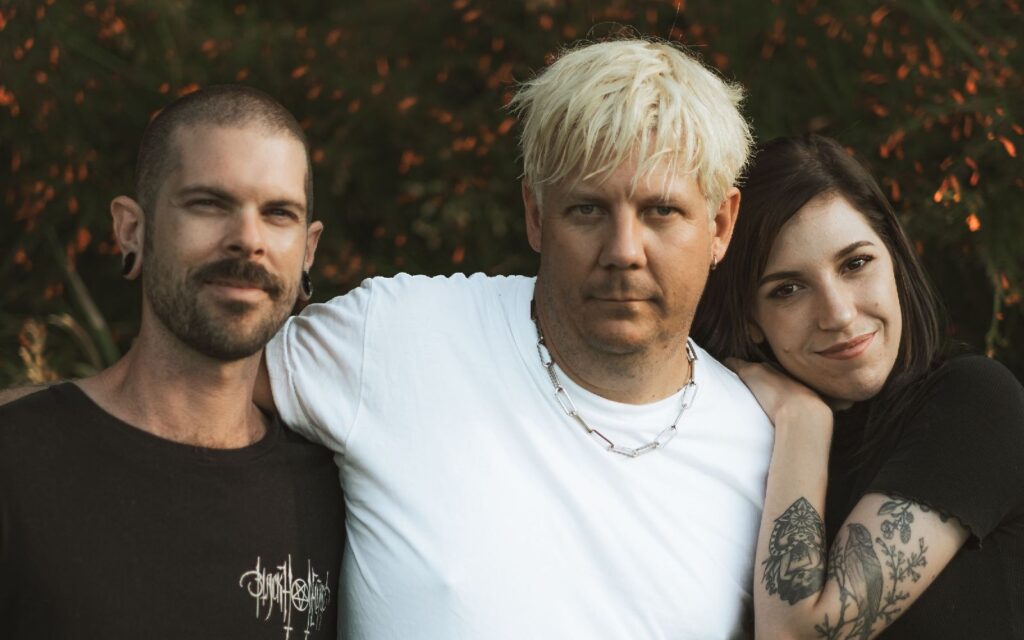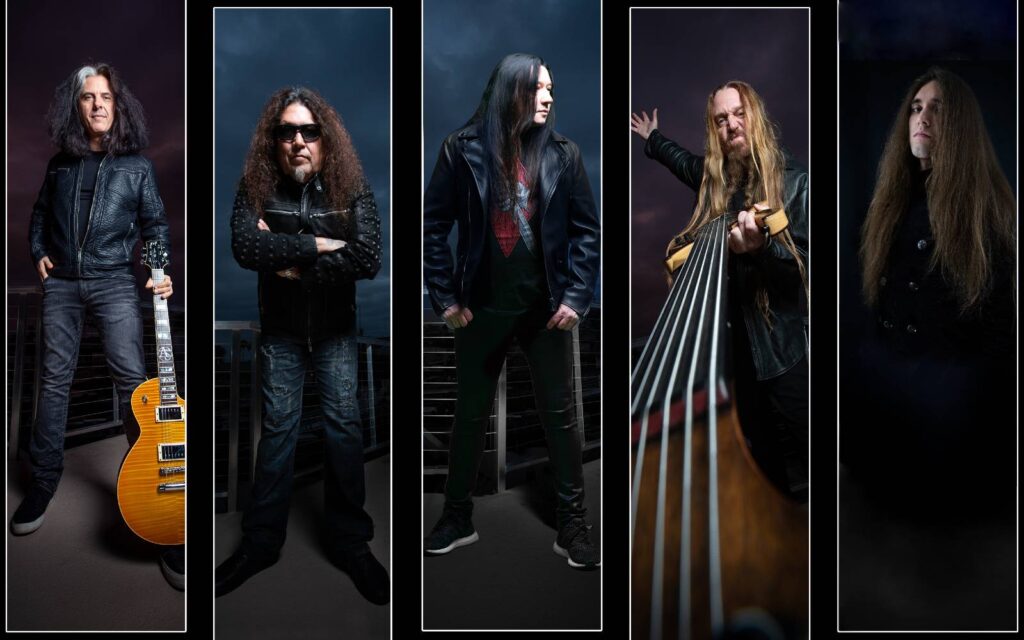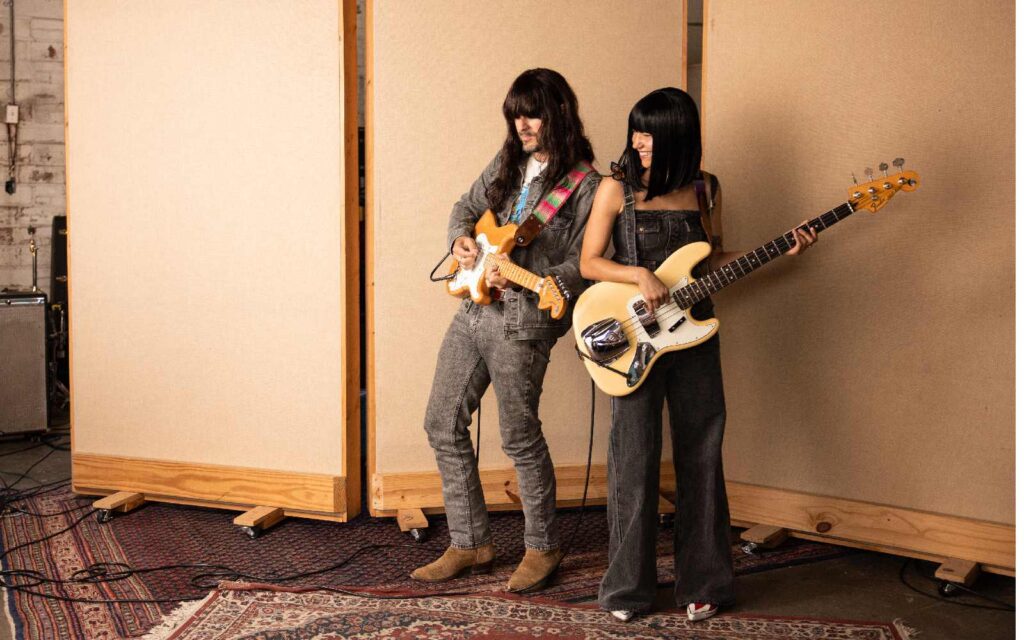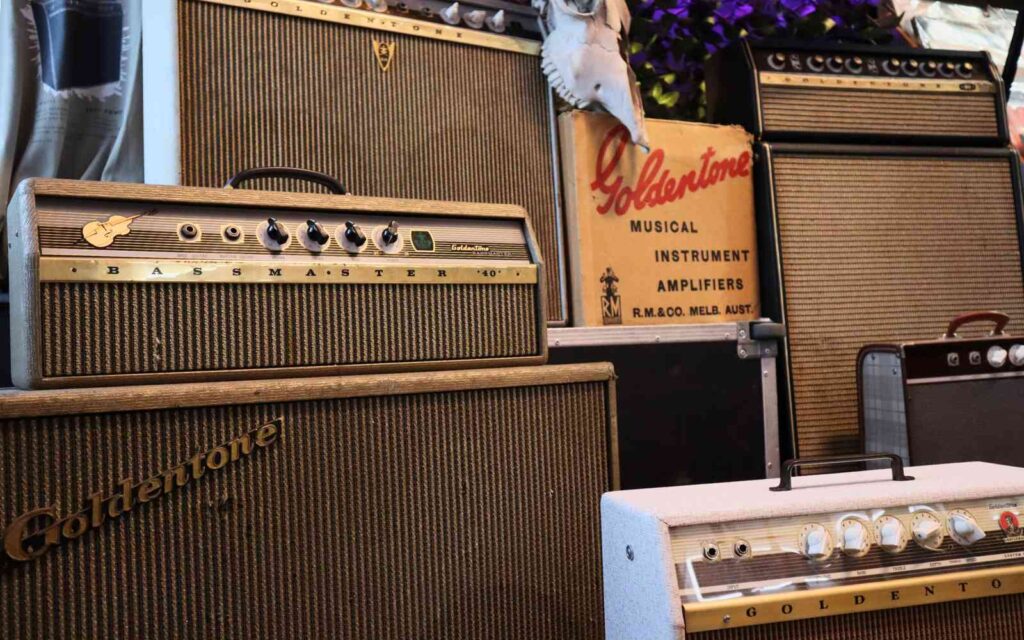Nuggets of wisdom from the Sydney-born funk wizard.
MXXWLL seeks to creep further into mainstream consciousness with the release of his debut album Sheeesh, out this Friday May 22 via AWAL.
Peppered with snappy funk grooves, crunchy 8-bit synths and smooth neo-soul sensibilities, Sheeesh sees MXXWLL link up with an array of vocalists like Aloe Blacc, TDE signee SiR and Melbourne’s own Kaiit to colour his beats for what’s easily his most defining project to date.
With the release of his debut, we asked MXXWLL to share some production tips to us in his own words, with his advice turning out to be nuggets of wisdom for any budding producer looking to refine their craft.
MXXWLL:
“Just as a precursor, there’s of course no right or wrong way to make beats, it’s an art form and is therefore massively subjective. These aren’t really tips to make “better” beats as much as they are five things I do to improve my workflow and expand my knowledge base which might help other producers out too!”
1. Make your own samples
“It’s easy enough to throw an existing song into a sampler, add some drums and call it a day. It’s a tried and tested formula which is the embodiment of a lot of Hip-hop/RnB records, however there’s a few good reasons why making your own samples can be beneficial.
“For starters, clearing a sample usually means weeks or even months of monotonous back and forth emailing, beyond that, a sample clearance fee can cost anywhere from $1000 to $10,000 or more, and more than likely the artist you’re sampling will also take a percentage of the earnings your song makes. Now I’m not saying “Don’t sample”, however if you spend the time to re-create a sample-ish vibe of your own, the process can be way more rewarding.
“I do this a lot by listening to a song I’d like to sample, paying attention to all of the instruments used, then load a MIDI version of each instrument (or record my own audio if there’s a guitar etc) and create a brand new chord progression and melody but using the same instrumentation. I’ll then export that four or eight bar loop as a .WAV and load it up into a sampler, the same as you’d do if the sample was of some dusty 70’s record. Also pitching the “sample” you made up or down totally changes the sonics to make it sound like a believable sample.”
2. Sonics define the vibe
“As I was saying at the end of tip one, sonics can be the difference between a believable “sample” or “a bunch of MIDI instruments”. When listening to records you like or wish to emulate, listen for the background noise (if it’s a 60s/70s vibe), or which drum machine/synthesizer was used (80s/90s). The use of compression and saturation is prevalent throughout just about all of your favourite recordings so learning how to apply these tastefully is super important.
“For example if I’m trying to make a ’70s boogie-funk type track I’ll probably start off using Addictive Drums or some other “real drum” simulator and turn off all the room mics so the drums are all close mic’d and super “dry” sounding. Then I’ll add my own layer of tape noise and hum (these imperfections would have almost certainly been there if you were recording during that era).
“Once you’ve got it sounding cool the next logical step for me would be to send all the drums/percussion to a group track running them through compression followed by a tape saturator. This is to replicate as closely as possible the exact same processes and signal flow that would have been used at the time. Then hypothetically if we want to make it sound like a 90’s hip-hop record, I’d export the drums, load them up into a sampler and chop each hit to it’s own slice and replay it in, also adding some slight bit-crushing to replicate the use of a MPC sound engine.”
3. Only layer sounds when needed
“It’s common when starting out to play a chord progression and then just duplicate the same MIDI across two or three different instruments to “fatten” the sound up. This can be awesome when done tastefully, but if not it can simply clutter your spectral range and take up much needed space you want for vocals, basslines or percussion.
“Try to be strategic and leave space for the other elements such as if you have a chord progression, try taking out the root notes of the chords to make room for a more animated bassline, or taking the top note out of the chords to make room for a melody line or sparkly counter melody sound. Also, try to avoid using two really similar sounds in your layers as you probably have everything you need in just one of them, if they are too similar (such as two different sine wave patches), they might cause weird phasing issues which again takes away from the strength of your sound.
“A classic fail-proof layered sound is a piano with a much softer evolving string sound. The piano gives you the main attack and when the piano starts to fade away you’re left with the strings sizzling in the background keeping the chord going, this kind of patch is used all the time in RnB/Gospel music.”
4. Be up to date with the latest sound libraries / kits
“This is a big one especially if you are trying to make a more forward thinking “current” sounding pop track for example. If you check out Sellfy or Splice, some of your favourite producers have probably already made a sound pack which you can purchase and use freely in your own works. These packs usually have drums, chord hits, vocals, sometimes melodies and patches for synths etc.
“On Splice you can see what the most “popular” sounds are organized by sound type, so look up “snare” and organize by popularity and I put money on it you will recognize the first three or four sounds immediately. Wanting to use these “popular” sounds depends heavily on the kind of music you’re making but it’s just good to know sometimes that you can actually tap in to those sounds if the job calls for it.”
5. Never stop learning
“There is an endless wealth of knowledge online about nearly any topic you can think of when it comes to beatmaking/production. If you’re looking to make an early ’90s RnB jam, and for example you’re really in to Teddy Riley’s productions from that era, if you look up “Teddy Riley Drum Machine” or “Teddy Riley Synthesizer” you will probably find a bunch of posts from people who have studied his works enough to figure out what specific gear he used. Then you as producer can take that information and totally replicate it to a T if you wish.
“This becomes really handy when you’re in a session and the artist says something like “I want the track to sound kinda 80s” and you know to load up an “Oberheim DMX” drum machine and a “Yamaha DX7” vst and you can just sit back and watch them go “yeah that’s exactly what I meant!”. Beyond just completely emulating a sound from the past, this knowledge can be super useful when developing your own sound too.
“You might want to use really current ‘future house” type drums just with a 90’s house type piano riff, in this case you can get your current sounding drums from Splice and then load up the classic Korg M1 “HousePiano” patch to add that layer of nostalgia. The possibilities are endless really.”
MXXWLL’s new album Sheeesh is out on Friday May 22 via AWAL.
